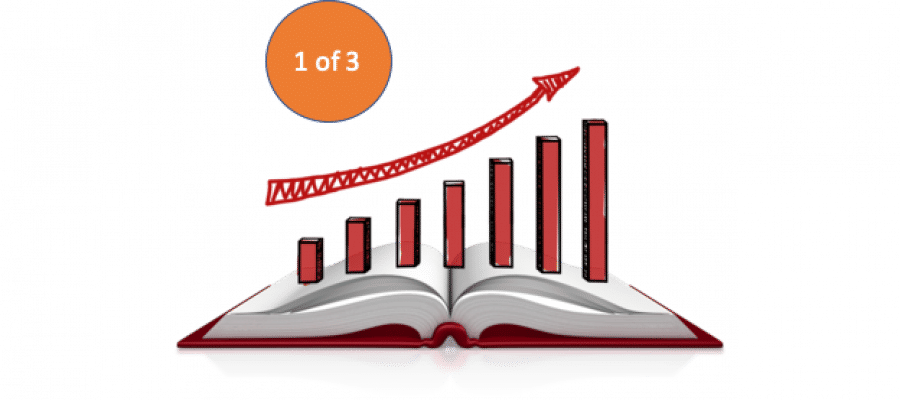Important elements of Product Economics – 1 of 3

What is Product Economics?
Product economics are models for production, competitive advantage and consumer behavior that are applicable to product marketing. This includes product differentiation, relative advantage and pricing theory that is useful in developing and marketing products. Products here mean products and services that solve real-world customer and user problems.
Let us discuss few elements of Product Economics along with real-world examples where they are applied.
Few elements of Product Economics:
Absolute Advantage:
Definition:
An ability to produce more than your competitors with the same amount of resources such as labor. This generally translates to a lower cost and often leads to market dominance.
Example:
Saudi Arabia has an absolute advantage in the production of oil because it only takes an hour to produce a barrel of oil compared to two hours in the United States. The United States has an absolute advantage in the production of corn. At times, Absolute advantage can be the result of a country's natural endowments such as resources, talent, climate etc.
Business Models:
Definition:
A business model is a way that a company captures value. This is a fundamental type of business strategy that forms the basis for companies, products and services. A company without a viable business model typically doesn't last for long.
Example:
Some common types of business models are FMCG, Retail, Creative Services, One Stop Shop, Micropayments etc.
FMCG: Hindustan Unilever Limited (HUL) - a British-Dutch manufacturing company's business model sells Fast Moving Consumer Goods (FMCG) such as Bru Coffee, Brooke Bond, Lipton Iced Tea, Knorr Soups etc.
One Stop Shop: Amazon, though started selling books in early 90s, the company extended its offerings to many other products/services such as Amazon Fashion, Amazon Pantry, Amazon Prime etc.
Club Theory:
Definition:
Club theory is the economic study of shared infrastructure and resources. Classic economic theories are focused on public and private property. Club goods lie somewhere in between. As with public property, resources shared by many people. As with private property, a fee is charged for the resources used. Club Theory is a business model based on the sharing of significant assets for a fee - a basis for a wide variety of business models.
Example:
Cinemas, Theme Parks, Satellite Television etc.
Competitive Advantage
Definition:
Competitive Advantage can include any capability that has value in executing the business model. This is something a company does better than its competitors. In a competitive industry, companies that lack competitive advantage are unlikely to survive in the long terms. As such, business can be viewed as a process of building and defending competitive advantages.
Example:
Some common types of competitive advantages are Critical Mass, Business Cluster, Brand, Distribution etc.
Critical mass: The point at which a growing company becomes self-sustaining, and no longer needs additional investment to remain economically viable. It is the point at which the business becomes profitable enough to continue growing by itself and no longer requires investment from outsiders. Examples are Offshoring Digitalization Services offered by TCS.
Brand: A company builds its own brand over a period of time, may be, by offering high quality services, or good value for money, or in a specific segment. This can serve as a competitive advantage which the competitors may not be able to offer. Examples are McDonalds, Honda etc.
Competitive Parity
Definition:
Competitive Parity is a goal to reach the same level of performance as a competitor or industry average. This is commonly done to reach a reasonable level of performance in an area that is not core to your business.
Example:
Some examples are Best Practices, Standards, Outsourcing, Out of the Box etc.
Best Practices: This is a method or technique that has been generally accepted as superior to any alternatives because it produces results that are superior to those achieved by other means or because it has become a standard way of doing things. However, best practices in one company may not turn out to be the best in another company or team. So, caution to be exercised while leveraging best practices.
Outsourcing: A company, in order to drive revenue growth, outsources its Sales work to a third-party organization who specializes in Sales. Eg. Banks outsourcing selling of credit cards to TPAs etc.
More elements coming up
I will publish few more elements about Product Economics in subsequent articles. Meanwhile, if you have any feedback or suggestions, please provide below.
References:
- Definitions from www.Simplicable.com
- Wikipedia



